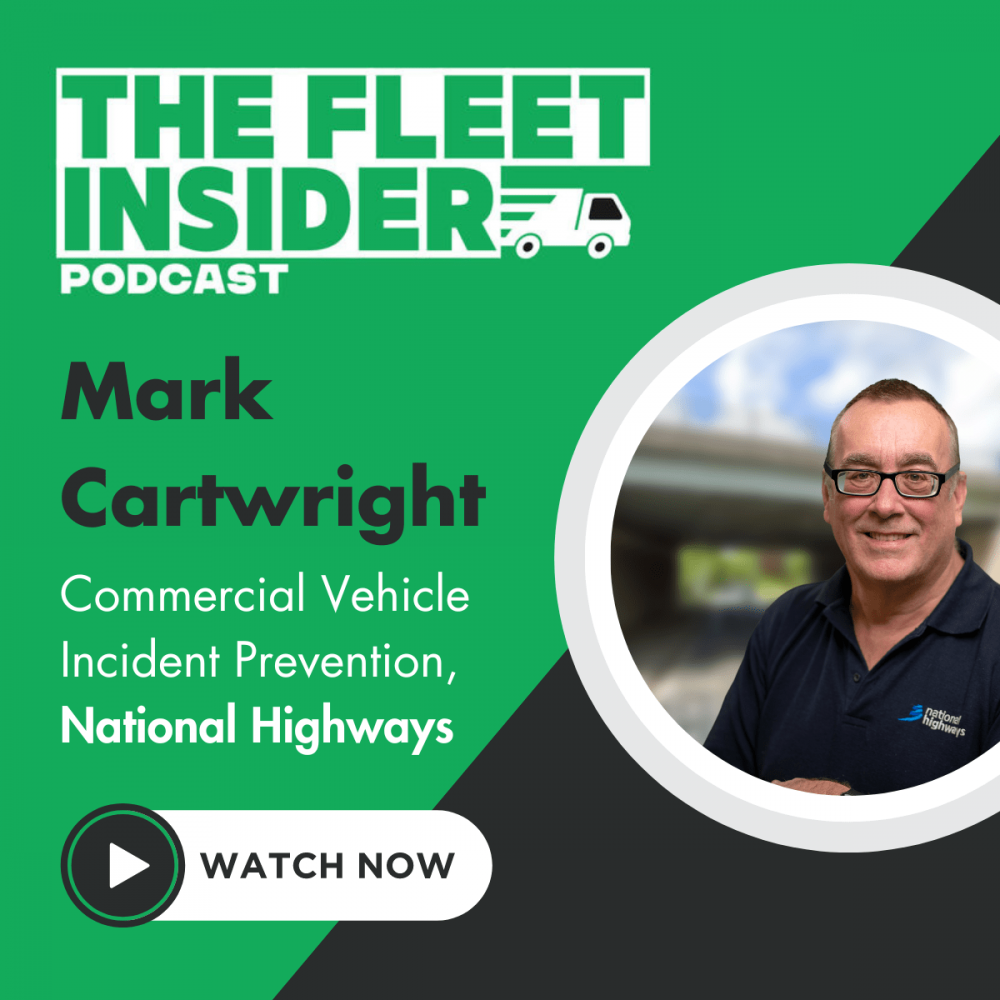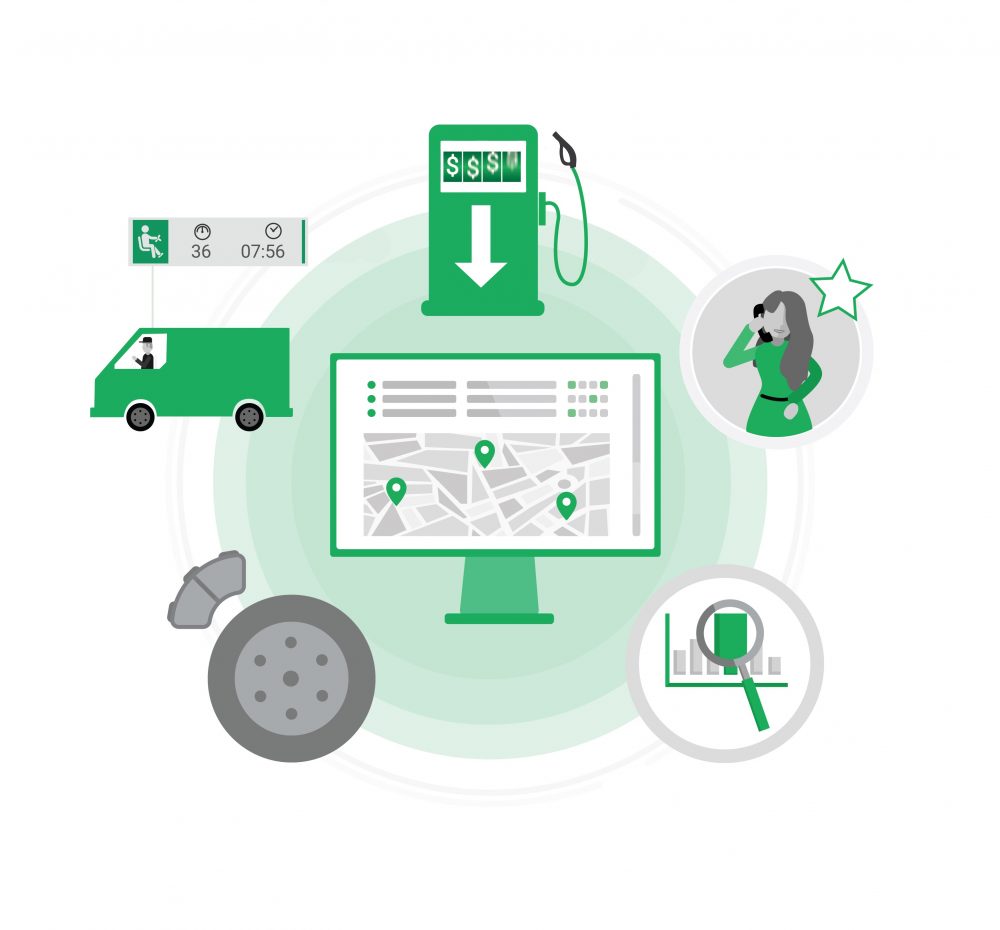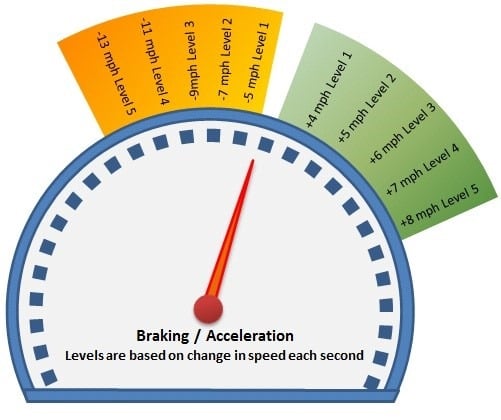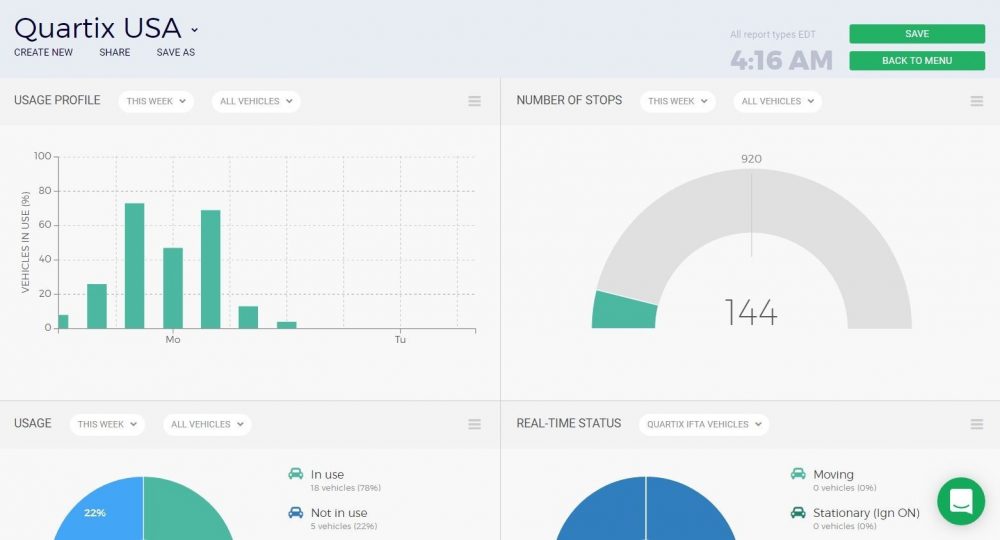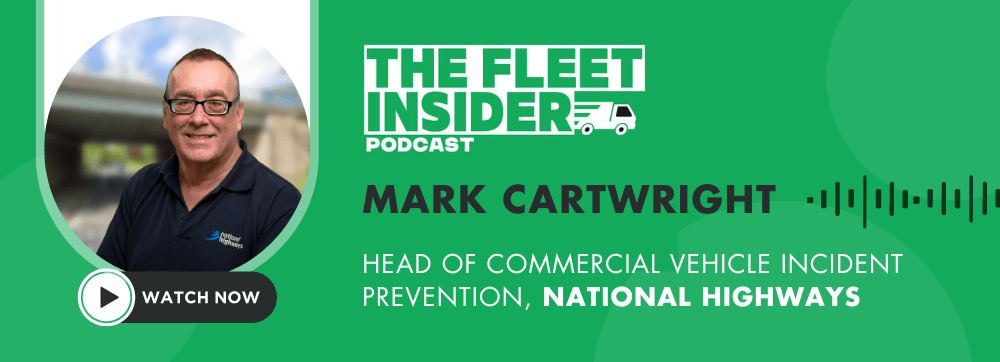
Do we take driving as seriously as we should? For most of us, it’s the most dangerous activity we regularly carry out. But our journeys happen effortlessly, and we rarely contemplate the inherent risks on the road. If we apply the same smart safety measures to how our staff travel from A to B as we would a critical business project, those risks can be mitigated.
Mark Cartwright, Head of Commercial Vehicle Incident Prevention at National Highways, shares invaluable insights in our latest podcast episode on road safety. Read on for a thought-provoking exploration into this often-overlooked aspect of our daily work.
Subscribe to The Fleet Insider to hear more discussions with fleet professionals.
“We hear a lot of health and safety emphasis on sites – right down to people scalding their fingers because the vending machine coffee was too hot. But very few businesses know what’s happening out on the road. They know their vehicles are roadworthy, but that’s often as far as it goes.”
The Fleet Insider, episode 4: Mark Cartwright, Head of Commercial Vehicle Incident Prevention at UK National Highways
Mark Cartwright spearheads the Commercial Vehicle Incident Prevention team at National Highways in the UK, leading a dedicated group of project managers focused on implementing interventions to minimize the occurrence and impact of collisions across our road network, with a primary emphasis on vans and trucks. Also, as the Senior Responsible Officer for the Driving for Better Business campaign, Mark actively promotes best practices and heightens awareness surrounding road safety issues. His prior experience includes collaboration with Logistics UK on the Van Excellence scheme.
Mark’s approach is heavily data-driven, and he collaborates closely with Quartix and other technology firms to harness valuable insights from data, fostering a continuous exchange of feedback and opinions.


Identifying road risks
Businesses often prioritize vehicle safety, which can be managed through regular vehicle inspections. Tire management, a critical concern, often sees more attention given to tread depth than maintaining optimal tire pressures. However, the latter poses a significant risk. Unsteady load distribution in vans, coupled with underinflated tires, can lead to a dangerously unstable vehicle – especially during emergency manoeuvres or in wet conditions. Explore the Quartix Check vehicle inspection app for a comprehensive solution for your drivers.
However, very few crashes are caused by the vehicle condition.
Understanding your drivers is crucial, as this poses the most risk regardless of business size. “It sounds like managing a football team, but it’s so important to know what’s going on with each driver and to know the pressures they are under. If someone has a new baby, they’re likely to be getting fatigued and that can be dangerous. It’s important to engage with drivers’ on health issues too, especially around certain age demographics,” explains Mark.
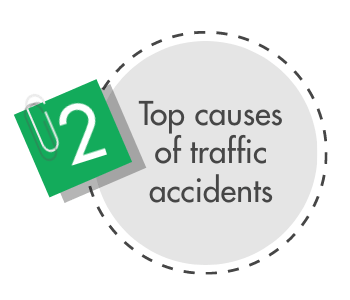
What are the top causes of road traffic incidents?
Exploring incident causation
Contrary to common perception, very few crashes stem from vehicle failure or vehicle condition. The primary contributors are human factors – the drivers themselves. “Vehicles don’t crash. People crash – they just happen to be in a vehicle at the time,” says Mark.
National Highways has identified the top five contributors to road traffic incidents below:
- Impairment: Whether induced by illegal or prescribed drugs, over-the-counter medication, or alcohol.
- Distraction: Further insights on this critical factor will be detailed below.
- Fatigue: National Highways is actively engaged in projects aimed at assisting workplaces in predicting and mitigating fatigue across their workforce.
- Medical Conditions: Understanding and addressing the impact of various medical conditions on driver performance.
- Attitude: For a deeper exploration of this factor, refer to our blog on changing driver attitudes towards safety.
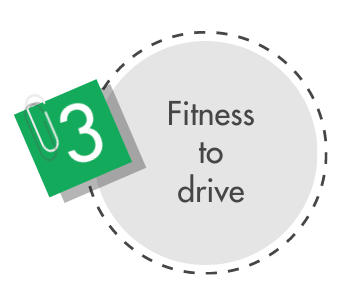
Let’s talk about ‘fitness to drive’
While businesses often express confidence in the roadworthiness of their vehicles, the same level of consideration is not always extended to the fitness of their drivers.
“Whether you’re a large fleet with dedicated fleet managers or a small building company with just a couple of vans, it’s easy to approach a driver and request a vehicle check: ‘Can you inspect your vehicle again? Those tires look off to me,’ or ‘It seems overloaded.’ It’s a direct question, and the response is usually straightforward – either ‘Yes, it’s okay’ or ‘No, I’ve rectified it’,” says Mark.
However, initiating a conversation about a driver’s personal fitness to drive is a daunting task many shy away from. Approaching someone to express concern about their well-being, and asking if they are fit to drive, can be a challenge.
If a staff member is sleep-deprived, dealing with personal issues, or suffering a medical condition, they may pose a genuine risk when they are behind the wheel. It’s a conversation that needs to happen for the safety of all road users.
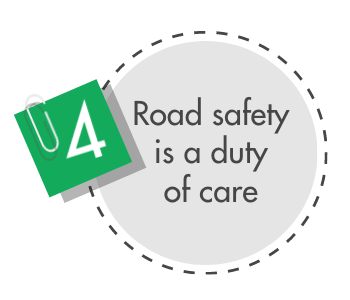
A gap in safety measures
More than 50% of UK motorway traffic represents individuals driving for work, with approximately 0.5 million trucks, 4.5 million vans, 1 million company cars, and an estimated 14 million ‘grey fleet’ vehicles. These drivers are not just commuters; they are employees, and businesses hold a responsibility for their well-being, governed by duty of care and health and safety regulations.
“What I find fascinating, and terrifying, is how many businesses will toss employees a set of keys and say, ‘off you go’. Yet within the premises, they have every safeguard and safety measure in place”, says Mark.
“Road-related incidents aren’t reportable in the same way that an incident on site would be. If they were, I think it would be a completely different scenario”, Mark explains. He advocates for businesses to place the same importance upon an employee’s ability to drive safely as they do to their professional duties.
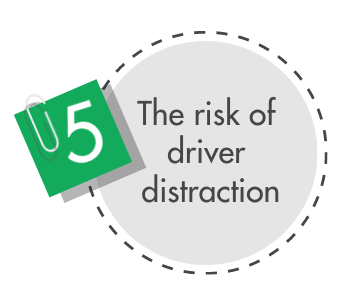
Tackling driver distraction is crucial
National Highways is actively engaged in multiple projects, including the collaborative Operation Tramlines with the Police. This initiative equips several trucks with elevated cameras to survey the network to help pinpoint instances of distracted driving. This valuable data aids National Highways in understanding the prevalence of distracted driving across various vehicle types and identifying the common types of distractions drivers engage in.
“We often get asked, what’s the strangest thing that you’ve seen drivers doing? We have seen some odd things, but the reality is that it’s mostly mobile phone usage and not wearing seatbelts – just very straightforward, dangerous stuff.”

Help for van drivers
“The truth is that large trucks don’t crash that often, but when they do, it tends to be big and horrible because of the laws of physics. But vans crash a lot and present a significant risk to the drivers and other road users”, explains Mark.
National Highways has intensified its focus on vans, delving into the operators’ needs and the prevalent causes of collisions. This proactive approach aims to identify solutions tailored to mitigate risks – a noteworthy initiative is the Driving for Better Business’ Van Driver Toolkit.

Improving post-collision response
At National Highways, the commitment extends beyond incident prevention to reducing the severity of collisions and minimizing fatalities. Innovative projects, such as the ‘post-collision trauma response’, play a pivotal role. This initiative raises awareness about the critical actions bystanders can take while awaiting emergency services at the scene of a collision.
“A high percentage of fatalities could be prevented by performing basic first aid in those crucial moments”, explains Mark.
National Highways empowers individuals to make a difference by offering guidance on basic first aid, including addressing cardiac issues, performing CPR, controlling bleeding, and clearing airways. The emphasis is on equipping people with the knowledge to make effective 999 calls and protecting the collision scene until professional help arrives.

How vehicle tracking can help
The adoption of a fleet tracking system transforms how drivers perceive their responsibilities on the road and significantly enhances overall safety. The awareness that their driving behavior is under scrutiny prompts drivers to naturally improve, knowing they are accountable for their actions. The technology fosters a safer driving culture and shields your brand reputation through encouraging responsible driving.
“I think the kind of rich data that businesses can pull from systems such as Quartix is invaluable”, says Mark. “You invest in business assets and invaluable team members – why wouldn’t you want to protect both the human assets and the vehicles?”
“A good driver behavior telematics system should be right at the top of your list. If you don’t know what your staff are doing, you can’t manage that.”
Tackling road safety
Regular vehicle inspections ensure optimal vehicle performance, through early identification of vehicle defects or safety concerns. Critical areas like tire tread depth and tire pressure can affect a vehicle’s response to an emergency manoeuvre or certain road surface conditions, presenting added risk.
Documentation of vehicle checks is necessary to comply with regulations. You can capture industry-standard vehicle inspections with ease using our mobile app for your drivers, Quartix Check. The vehicle inspections are easy to access on a dashboard within your Fleet Tracking system, meaning you can easily keep track of your fleet’s vehicle inspections, and incident reports, in one place.
National Highways research has identified human factors such as impairment, distraction, fatigue, medical conditions, and driver attitude as the main contributors to road incidents.
Prioritizing driver safety with the same rigor applied to other professional duties, and implementing safeguards and measures can help. Initiating conversations about a driver’s fitness to drive, and acknowledging personal challenges that may affect road safety, are also key to creating a safe fleet.
Driving for Better Business’ provides the Van Driver Toolkit, recognising the greater risk of collision associated with van driving. Drivers can also be provided access to their driving behavior profile on the Quartix mobile app, to track their own progress.
A fleet tracking system enhances safety by monitoring driver behavior, promoting accountability, and providing valuable data for improved management. A telematics system can help a business to enforce a speeding policy and encourage staff to adopt safe speeds that are appropriate for the roads they travel.
Where to listen to the podcast?
To hear more insights and guidance from Mark and other fleet professionals, head over to our podcast channel and choose your preferred platform to listen. We hope you enjoy this episode and join us for more discussions from a range of industries over the coming months!
